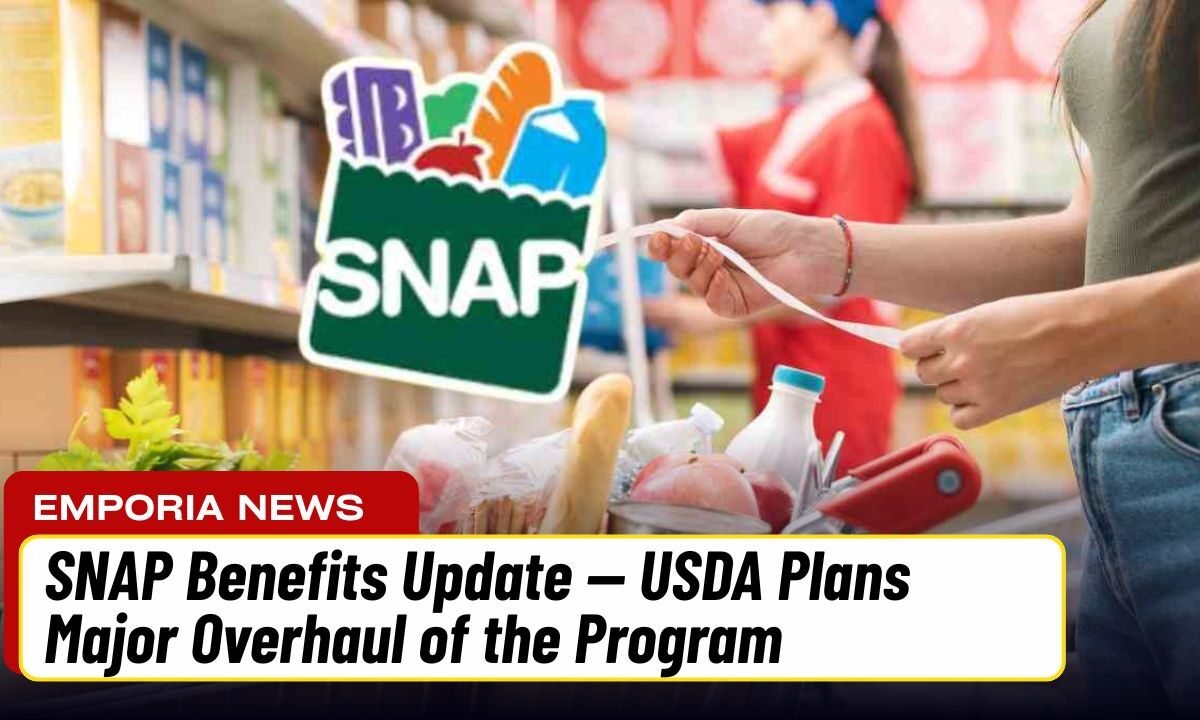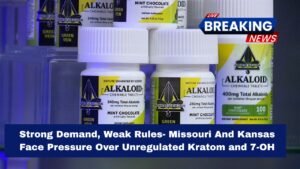The U.S. Department of Agriculture (USDA) is preparing for a sweeping overhaul of the Supplemental Nutrition Assistance Program (SNAP) as part of a nationwide effort to eliminate fraud, abuse, and systemic loopholes.
USDA Secretary Brooke Rollins has emphasized that the department intends to “completely deconstruct” the program to rebuild it with stronger accountability and stricter oversight.
USDA’s Stance on Reform
A Push to End Fraud and Abuse
In a statement to Newsweek, the USDA noted that Secretary Rollins aims to stop the long-standing fraud, waste, and misuse associated with SNAP.
Previous fraud estimates were largely speculative, but the current administration is now prioritizing concrete data and aggressive corrective action.
The USDA added that the plan includes enhanced recertification procedures, deeper analysis of state-level data, regulatory reforms, and tighter cooperation between federal and state agencies.
Why the Overhaul Matters
A Lifeline for Millions
SNAP remains a critical support mechanism for approximately 42 million low-income Americans, helping families afford essential groceries each month.
The program faced intense scrutiny during the recent 43-day government shutdown—the longest in U.S. history—which disrupted benefits for millions of households.
Rollins’ remarks coincide with the administration’s announcement of two upcoming changes:
- New work requirements introduced through the One Big Beautiful Bill Act that could potentially remove millions from SNAP.
- Mandatory reapplication for current recipients to ensure only eligible households continue receiving assistance.
Key Findings Driving the Reform
Massive Fraud Identified
Speaking to Fox Business’ Larry Kudlow, Rollins revealed troubling early findings:
- 186,000 deceased individuals were reportedly still receiving SNAP benefits.
- Over 500,000 recipients were collecting benefits in multiple states.
According to USDA records:
| Fraud Type | Q1 FY 2025 Cases |
|---|---|
| Fraudulent Benefit Claims | 226,000+ |
| Fraudulent Transactions | 691,000+ |
These unauthorized claims—often linked to card cloning or electronic theft—resulted in over $102 million in losses during the first quarter of fiscal year 2025.
This represents a significant rise from $69.4 million in the previous quarter and $31.9 million during the same period last year.
Rollins also reported that the federal crackdown has already led to hundreds of arrests related to SNAP fraud.
Political and Public Response
Statements from Leadership
Rollins attributed the heightened visibility of fraud to the government shutdown, calling it an “unintended consequence” that “shined a bright light” on the program’s weaknesses.
She added that reforms are intended to ensure that only vulnerable Americans who truly need support continue receiving benefits, while fraudulent recipients are removed.
During a separate statement in Washington, D.C., on November 6, President Donald Trump emphasized that SNAP was designed for individuals “with real problems,” not for those who choose not to work or take unfair advantage of taxpayer-funded aid.
What Comes Next for SNAP?
Although the USDA has outlined major priorities for restructuring SNAP, official timelines for implementing the new policies have not yet been announced. More updates are expected as the department continues evaluating fraud data and coordinating with state agencies.
The USDA’s plan to reconstruct SNAP from the ground up underscores the government’s push to strengthen program integrity while ensuring benefits reach the Americans who need them most.
With large-scale fraud uncovered and sweeping reforms on the horizon, SNAP is set for its most significant transformation in years.
As policymakers refine eligibility rules, work requirements, and fraud-prevention strategies, millions of households nationwide may soon see major changes.




